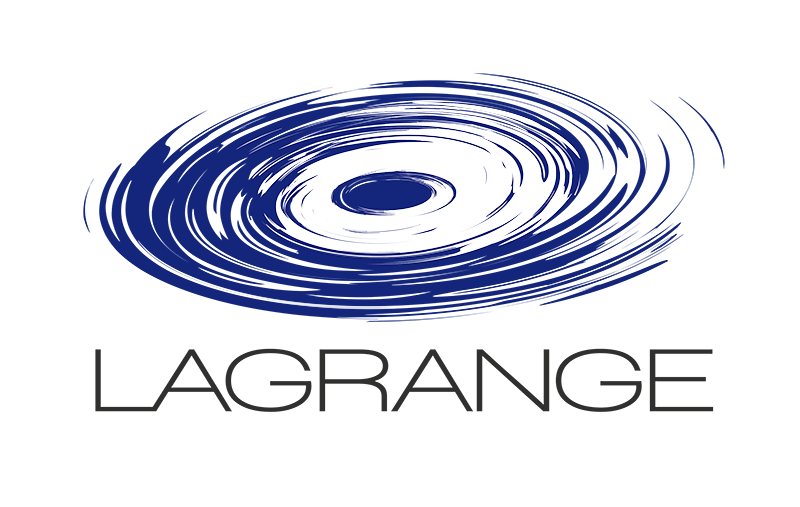Shaking and Tumbling: Short- and Long-timescale Mechanisms for Resurfacing of Near-Earth Asteroid Surfaces from Planetary Tides and Predictions for the 2029 Earth Encounter by (99942) Apophis
Résumé
Abstract Spectral characterization of near-Earth asteroids (NEAs) has revealed a continuum of space-weathered states for the surfaces of S-complex NEAs, with Q-class NEAs, an S-complex subclass, most closely matching the unweathered surfaces of ordinary chondrite meteorites. Dynamical calculations of the orbital evolution of S-complex NEAs revealed that Q-class NEAs tend to have close encounters with terrestrial planets, suggesting that planetary tides may play a role in refreshing NEA surfaces. However, the exact physical mechanism(s) that drive resurfacing through tidal encounters and the encounter distance at which these mechanisms are effective have remained unclear. Through the lens of the upcoming (99942) Apophis encounter with Earth in 2029, we investigate the potential for surface mobilization through tidally driven seismic shaking over short timescales during the encounter and subsequent surface slope evolution over longer timescales driven by tumbling. We perform multiscale numerical modeling and find that the 2029 encounter will induce short-term tidally driven discrete seismic events that lead to high-frequency (>0.1 Hz) surface accelerations that reach magnitudes similar to Apophis’s gravity and that may be detectable by modern seismometers. It is still unclear if the shaking we model translates to widespread particle mobilization and/or lofting. We also find that there will be a significant change in Apophis’s tumbling spin state that could lead to longer-term surface refreshing in response to tumbling-induced surface slope changes. We propose that through these mechanisms, space-weathered S-class asteroid surfaces may become refreshed through the exposure of unweathered underlying material. These results will be tested by the future exploration of Apophis by NASA’S OSIRIS-APEX.
Domaines
Planète et Univers [physics]| Origine | Fichiers éditeurs autorisés sur une archive ouverte |
|---|---|
| licence |





